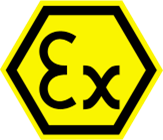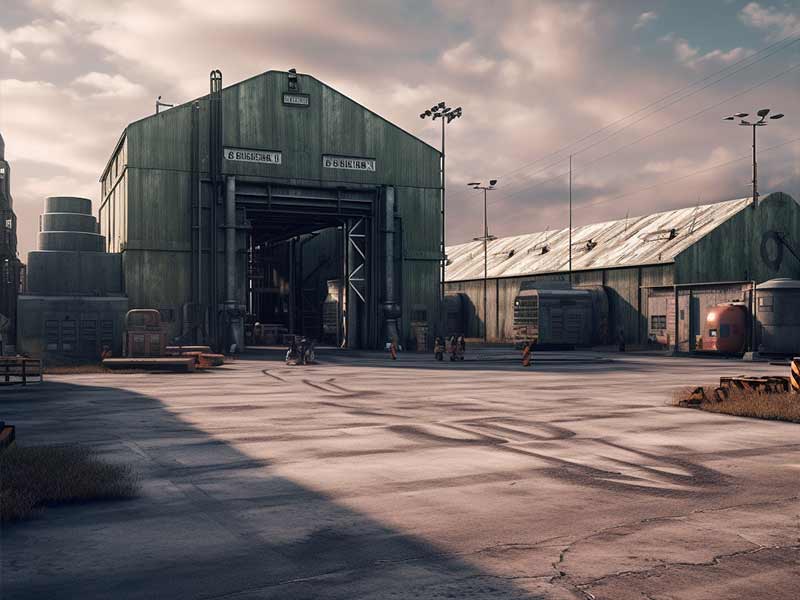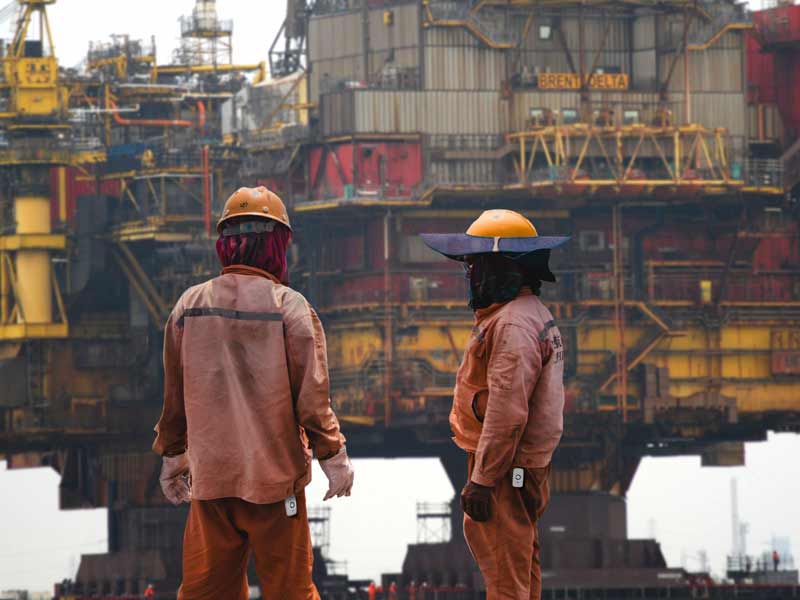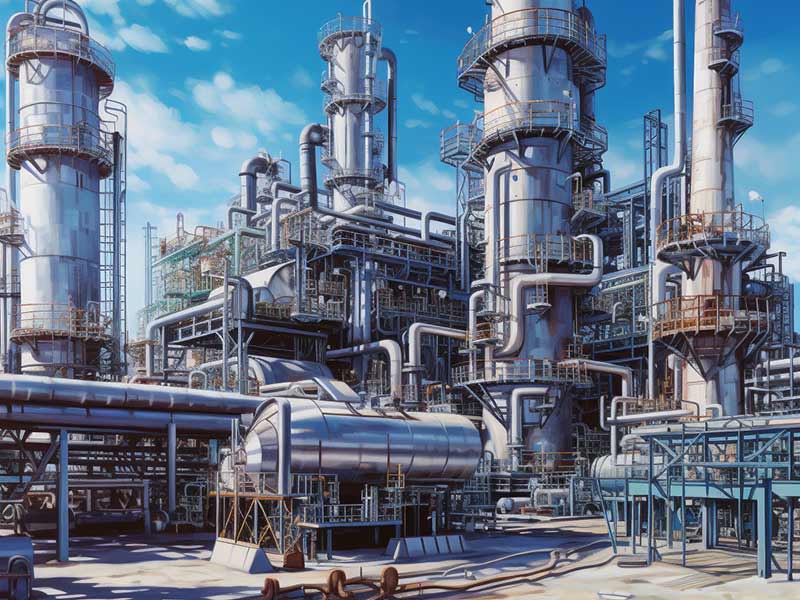
Menu

Understanding ATEX, IECEx, and HAZLOC Certifications
ATEX, IECEx, and HAZLOC are globally recognized certifications that ensure the safe operation of equipment in hazardous environments. These certifications are particularly vital for industries dealing with flammable materials, such as the cosmetic, pharmaceutical, mines, oil & gas, chemical, and military sectors.




ATEX & IECEx certified trackers are essential tools for businesses operating in hazardous environments. These robust devices allow for precise tracking of people, equipment and materials, thereby enhancing operational efficiency and safety.
Our multi-technology (GPS/WiFi/BLE) LoRaWAN trackers are low-power, autonomous IoT solutions with GPS modules and LoRaWAN connectivity. They are designed for installation on mobile equipment and flammable material containers. By providing real-time location and movement data, they help prevent accidents, optimize workflows, and ensure regulatory compliance in high-risk industries.
Abeeway provides tracking devices perfectly adapted to various use cases and requirements.
Our devices are rated up to IP67, meaning they are resistant to dust and can withstand immersion in water up to 1 meter for 30 minutes.
Our trackers also boast ATEX/IECEx Zone 0 or Zone 2, HAZLOC NEC 505 class I, II, II Division 1 or Division 2 certification (depending on ordering code, refer to datasheets for details), ensuring their safe operation even in environments where combustible gases, vapors, or dusts may be present.
A compact and lightweight GPS tracker perfect for monitoring mobile equipment and personal use in hazardous locations.
A robust, all-rounder tracker designed to offer efficient tracking in a wide range of industrial applications.
Specifically built for the most demanding installations, this tracker offers superior performance in monitoring large-scale industrial equipment.
More than just a tracker, the Smart Badge is a multifunctional device that offers location services and emergency call functions, making it ideal for employee safety in high-risk industries.
ATEX, which stands for ATmosphère EXplosive, refers to atmospheres that are potentially explosive due to local and operational conditions. According to the European Directive 2014/34/EU, an ATEX is defined as a mixture with air, under atmospheric conditions, of flammable substances in the form of gas, vapors, mists, or dust, in which, after ignition, combustion spreads to the unburnt mixture. An explosion is a rapid transformation of a material system resulting in a strong emission of gas, often accompanied by significant heat emission.
There are different types of explosions, such as those due to a chemical reaction, those due to the sudden rupture of a pressure capacity (pneumatic explosions), and those due to the ultra-rapid vaporization of a liquid (BLEVE – Boiling Liquid Expanding Vapour Explosion). The impact of the explosion is characterized by the overpressure effects and depends on the degree of confinement of the explosion location.
For an explosion to occur, six conditions must be simultaneously met: the presence of an oxidizer (mainly oxygen in the air), presence of fuel (flammable substance), a particular form of the fuel (gas, vapor, dust), an explosive mix (neither too poor nor too rich in fuel), sufficient confinement, and a source of ignition.
Various industries are affected by ATEX including the oil and gas industry, petrochemicals, chemical industry, cosmetics, pharmaceuticals, food and beverages, shipyards and offshore industries, wood processing, recycling plants and waste disposal companies, water purification, automotive industry, and original equipment manufacturers (OEMs). Therefore, the understanding and application of ATEX are crucial for safety in these sectors.
The ATEX Directive 2014/34/EU, applicable since 2016, sets out the manufacturing and marketing conditions for devices and protective systems intended for use in explosive atmospheres. This revision of Directive 1994/9/EC, which is no longer in effect since April 19, 2016, emphasizes that EU (formerly CE) conformity declarations are to be retained for 10 years, importers are required to state their names and contacts on every product, and manufacturers, importers, and distributors have reinforced responsibilities. Clear markings indicating the use of devices and systems in explosive atmospheres are mandatory. The existing technological level during construction and technical and economic imperatives are taken into account, and the requirements for notifying conformity assessment bodies are also strengthened. For users, the 1999/92/EC directive focuses on improving the safety and health protection of workers at risk from explosive atmospheres, imposing safety regulations to be implemented in daily operation of installations at risk of explosions.
There are various certification schemes worldwide for equipment intended for use in explosive atmospheres, including ATEX (particularly for Europe) and IECEx. The International Electrotechnical Commission (IEC) is the international standardization organization responsible for electrical, electronic, and electromagnetic compatibility areas. In the field of explosive atmospheres, the reference standards are the IEC 60079 series. There are various accredited ATEX and IECEx certification bodies and test laboratories worldwide, following uniformity and safety criteria. A certificate is only issued after positive type tests, with a quality assurance system in place for overall control. The IECEx is a global assessment system that verifies the conformity of products for ATEX zones, facilitating obtaining national certifications from IECEx member countries like Brazil, the United States, Russia, China, or Europe, and helps manufacturers minimize costs related to tests or conformity evaluations, market access, and market entry times.
To find out more about the ATEX/IECEX strings: https://zone-atex.fr/img/zone-atex/telechargement/poster-sur-les-atex.pdf
Hazardous locations are classified areas that contain gases, vapors, dust, or fibers, creating a risk for fire or explosion. Examples include oilrigs, grain handling facilities, refineries, and construction sites. Safety standards define these hazardous locations and certify devices to work within those locations safely.
In North America, jobsite requirements are set by the U.S. Occupational Safety and Health Administration (OSHA), with standards developed by organizations like the National Fire Protection Association (NFPA) and American Petroleum Institute (API). Locations are categorized based on the type of substance in the atmosphere (Class I for flammable gases, Class II for combustible dust, and Class III for fibers and flyings), and the likelihood of explosive or flammable material existence is classified into divisions and zones.
Internationally, the ATEX directive from the European Union and standards from the International Electrotechnical Commission (IEC) are employed. Both rely on zones to classify hazardous locations. Zone 0, Zone 1, and Zone 2 represent areas with gases or vapors, and Zone 20, Zone 21, and Zone 22 represent areas with dust. Each zone number indicates the likeliness of explosive or flammable material in an area, with a lower number representing a higher hazard level.
Standardization organizations have developed certification requirements for equipment operation in hazardous locations. In North America, organizations like NFPA and the Canadian Standards Association (CSA) outline minimum equipment requirements. The ATEX directive and IEC standards categorize electrical equipment based on the type of protection required for safe operation in hazardous zones.
Companies operating in hazardous locations require certified products for worker safety. Equipment certification requires testing by an accredited laboratory. In the US, firms known as Nationally Recognized Testing Laboratories (NRTL) are recognized by OSHA. Evaluations assess the design and specifications of safety-critical components, unique to the type of device, and include testing for spark, surface temperature, ingress protection, and drop, among others. The manufacturing facility that built the equipment is also audited to verify consistency in production.